I grew up—as did many of you—on familiar terms with Rattlesnake Hill. Citizens of Reno are equally familiar with Rattlesnake Mountain to the east, framed at dawn by the rising sun. Just how many Rattlesnake features are there in Nevada? Helen Carlson in “Nevada Place Names” adds Rattlesnake Creek near Elko, Rattlesnake Canyon near McGill, Rattlesnake Peak and Rattlesnake Spring in Clark County, and another Rattlesnake Mountain in the Ruby Range.
A quick Google tour of “rattlesnake place names” delivered more information than I had expected about the apparently widespread use of the identifier “rattlesnake.” It attaches to multifarious geologic features in regions across the continent. Washington state has its Rattlesnake Ridge and Rattlesnake Ledge. Ontario, Canada, has its Rattlesnake Point. British Columbia has Rattlesnake Island. Surprising to me, central New York has Rattlesnake Gulch (there really are eastern rattlesnakes). A creek in Missoula, Montana is named—you guessed it—Rattlesnake Creek. Moving away from geology, there is an attractive prairie flower, related to the parsley and carrot family, bearing the odd name, Rattlesnake Master.
More to the point, though, we have our very own Rattlesnake Hill.
Rising about 200 feet from the Lahontan Valley floor, Rattlesnake Hill was noted in an early survey (1860’s) as “the little hill east of Ragtown.” It is not known how the “little hill” took on its rattlesnake identifier, but by the time the City of Fallon was taking shape, its citizens were divided in their opinions about the name. Writing in the April 13, 1912, “Churchill County Eagle,” the editor opined that the name was repulsive and should be changed. He suggested that the ladies of the Artemesia Club select a more suitable name. On April 19, 1913, the “Eagle” announced that the ladies had decided on a new name for Rattlesnake Hill: Mt. Toyeh. The name seemed fitting, as the Paiute word Toyeh means “a heap of sand or rocks.”
As time passed, however, the less melodic name, Rattlesnake Hill, won the usage contest, and that’s what we call it today.
The “little hill” now means different things to different folks. If you race cars, it’s a racetrack. If you shoot clay pigeons, it’s a trap shooting range. If you live at its base in the Paiute-Shoshone colony, it’s your back yard. If you celebrate Greenwave sports, it’s the location of the iconic large white-washed “F” originally painted in 1925 and, since then, ritually refreshed by high school students. It’s a quarry --the Frazzini building on Maine Street was built from stone quarried there. It’s the site of the City of Fallon’s water storage tank. It’s a surface expression of a large basalt aquifer, the source of the water supply for the City of Fallon. The hill was sacred to Native Americans and is still a holy site, an outdoor cathedral for worshippers of many faiths, where Easter Sunrise services have found a large following. Over the years, a series of crosses have been raised on the hill, one in 1912, one in 1924, one in 1966, and perhaps others not noted in the local papers.
The history of the crosses on Rattlesnake Hill crosses is profaned, however, by an incident taking place in September 1925 and reported by the “Eagle”: “Attention was attracted last Saturday evening by the burning of a large cross on Toyeh, which is understood to indicate that the order of the KKK has been organized in Fallon. The cross burned for quite a while and was seen from various parts of the valley.”
And, I cannot overlook the fact that the southeastern shoulder of the Hill slopes downward toward the final resting place for almost 10,000 of our own. The Churchill County Cemetery has been in use since 1900, before there was a City of Fallon, and was maintained by numerous organizations until the county took over responsibility for its care in 1970. The shade trees and lawn are a comforting contrast to the barren hillside.
Rattlesnake Hill, we can agree, is a singular feature of the history and life of our Lahontan Valley.
Please send your stories and ideas for stories to [email protected]



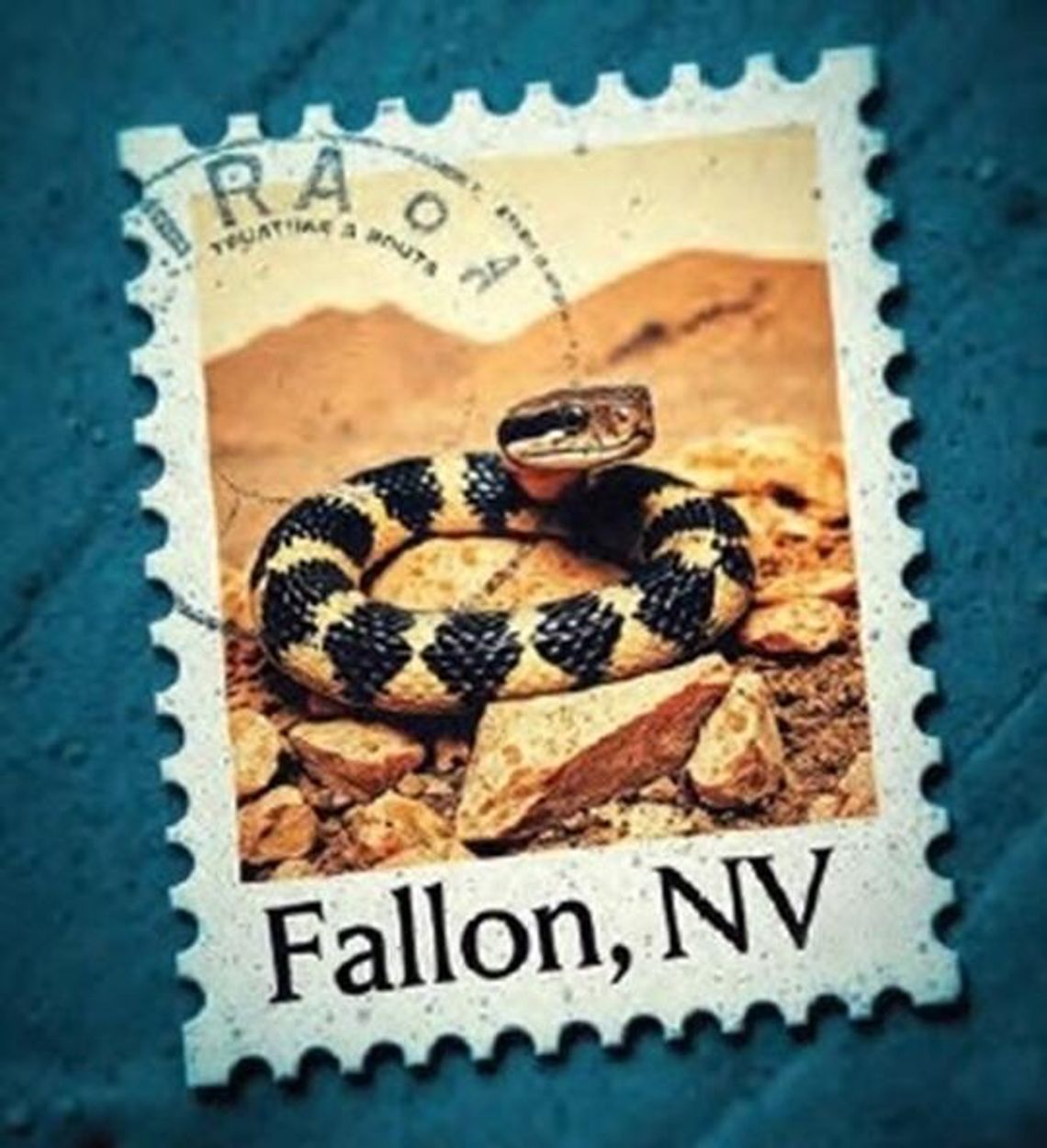
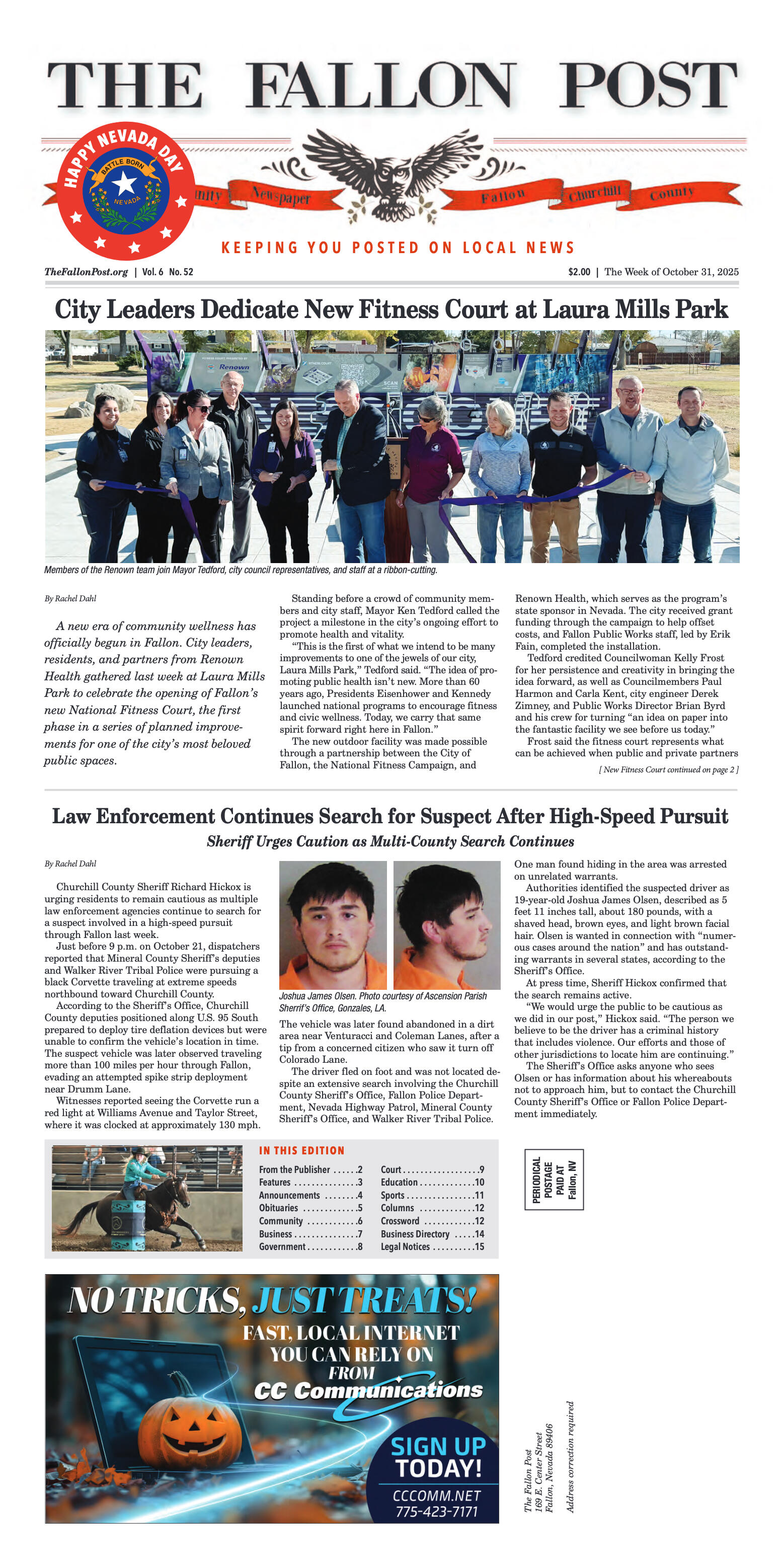
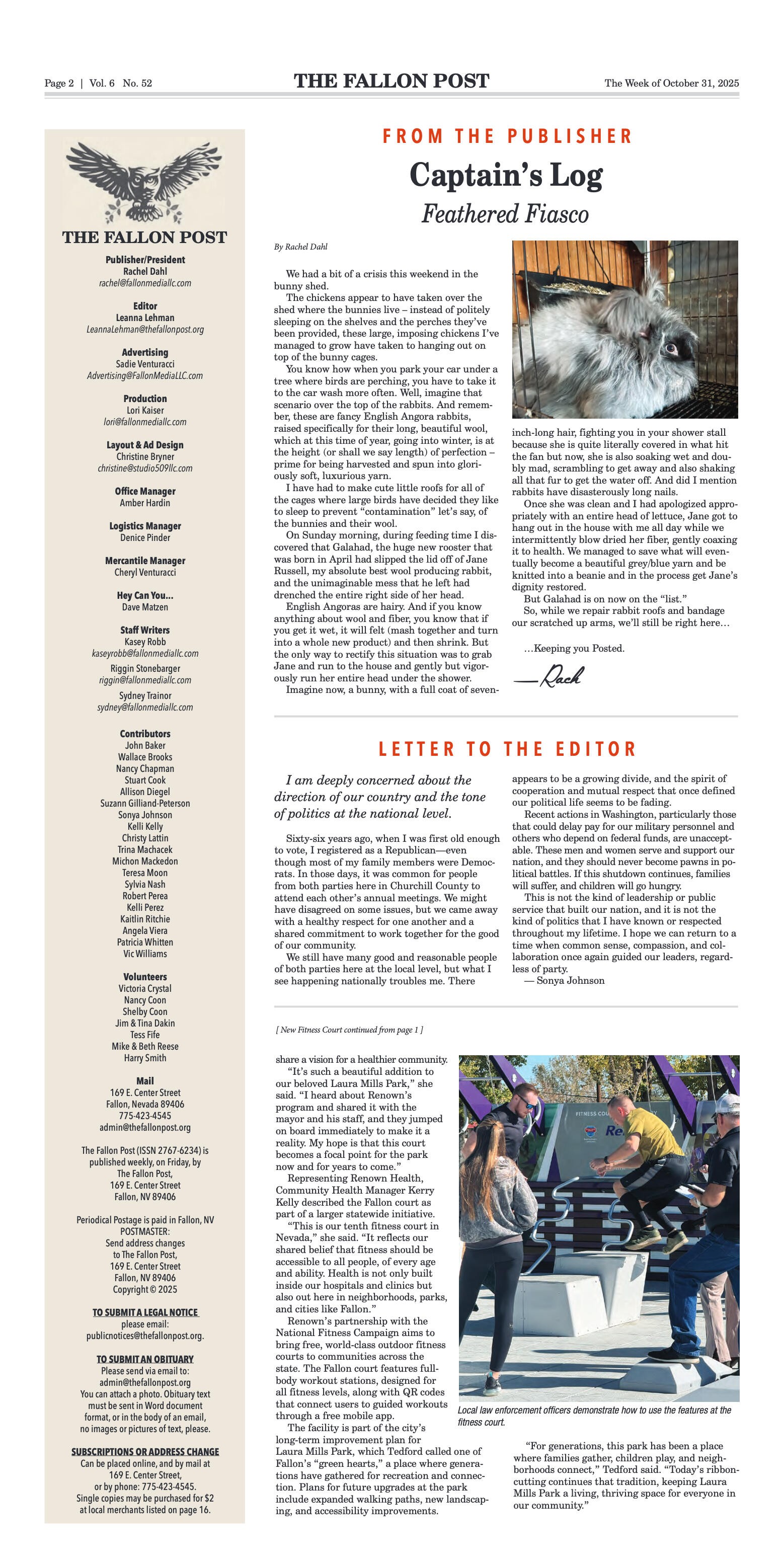
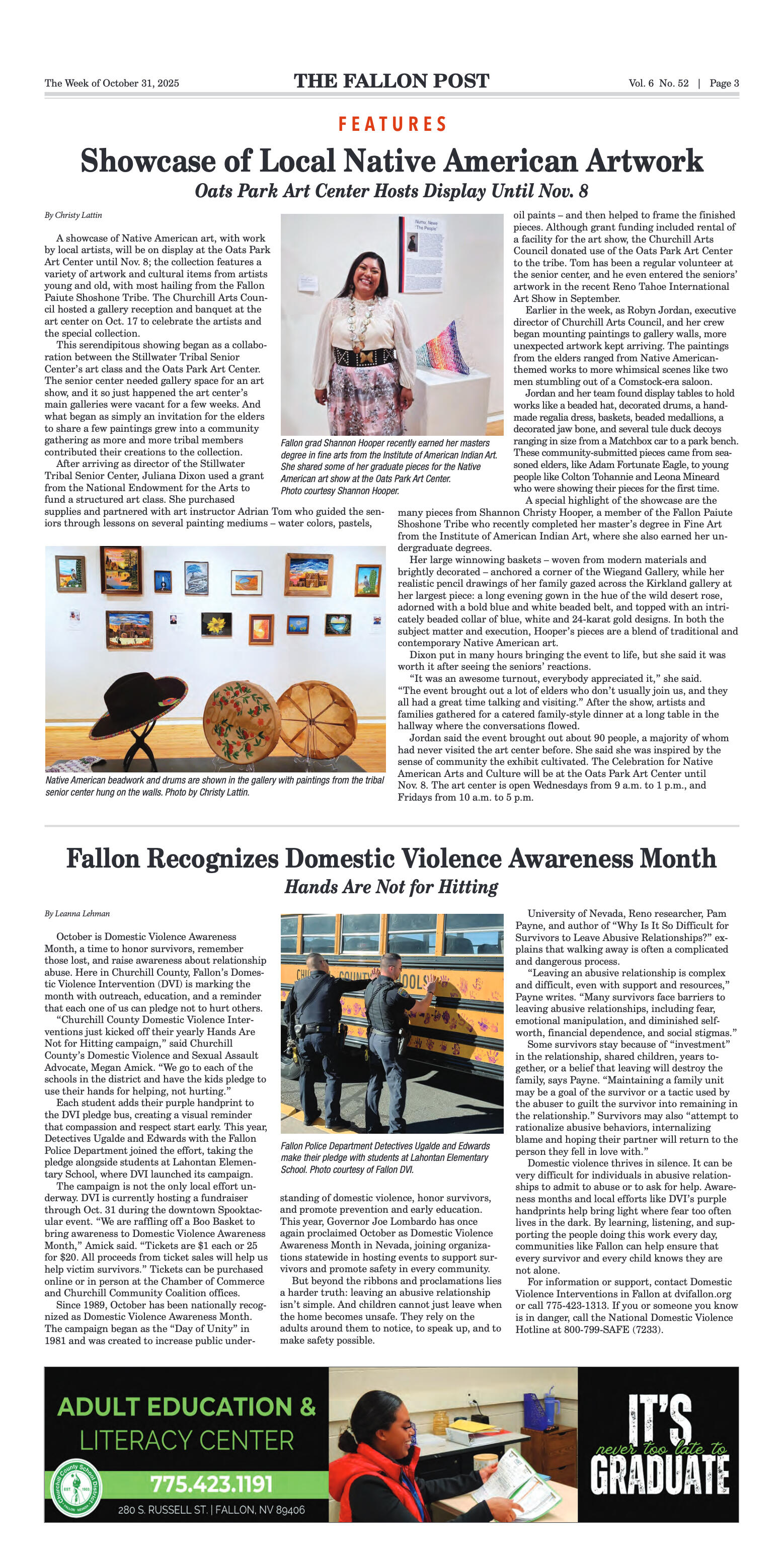
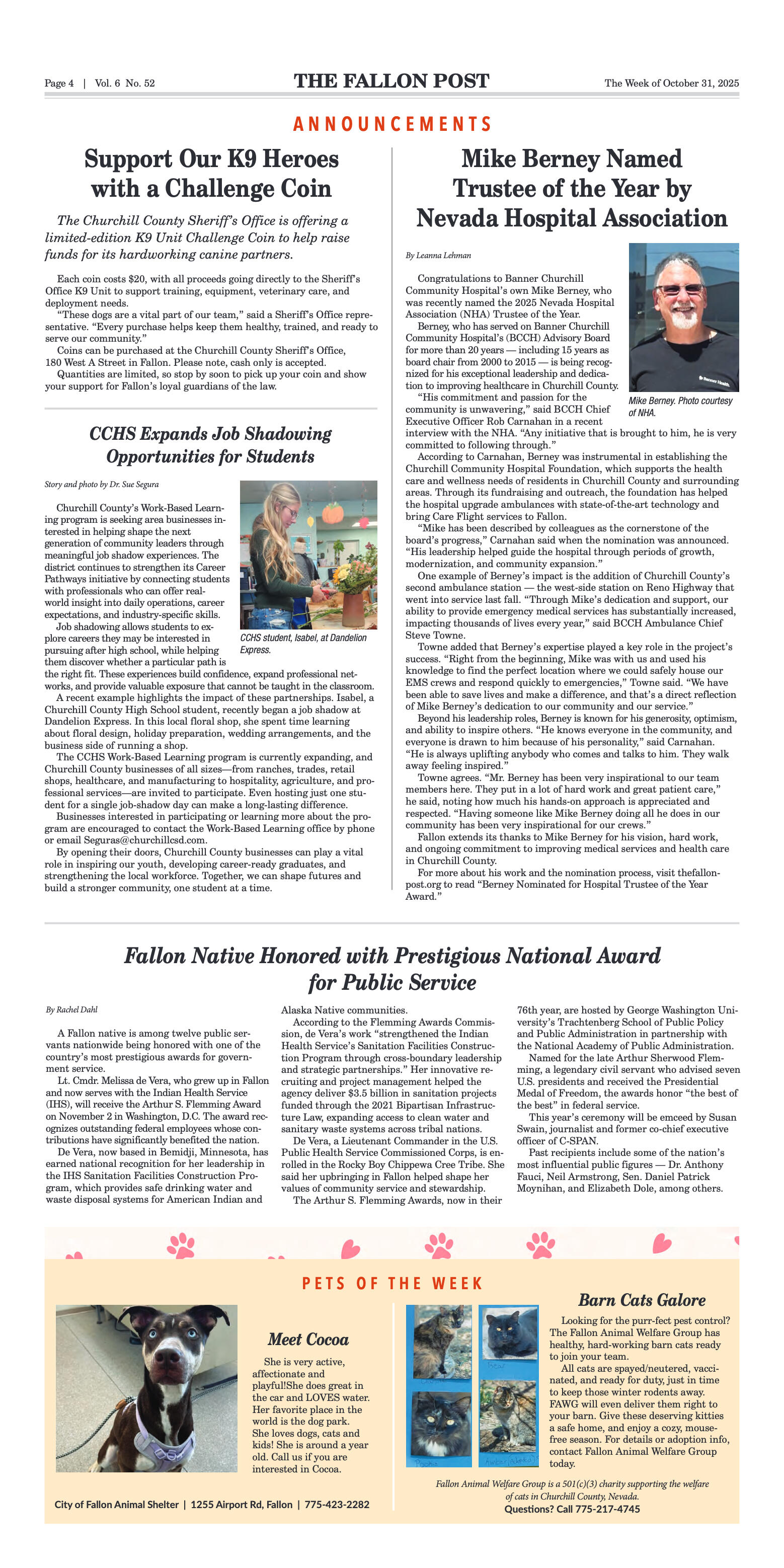
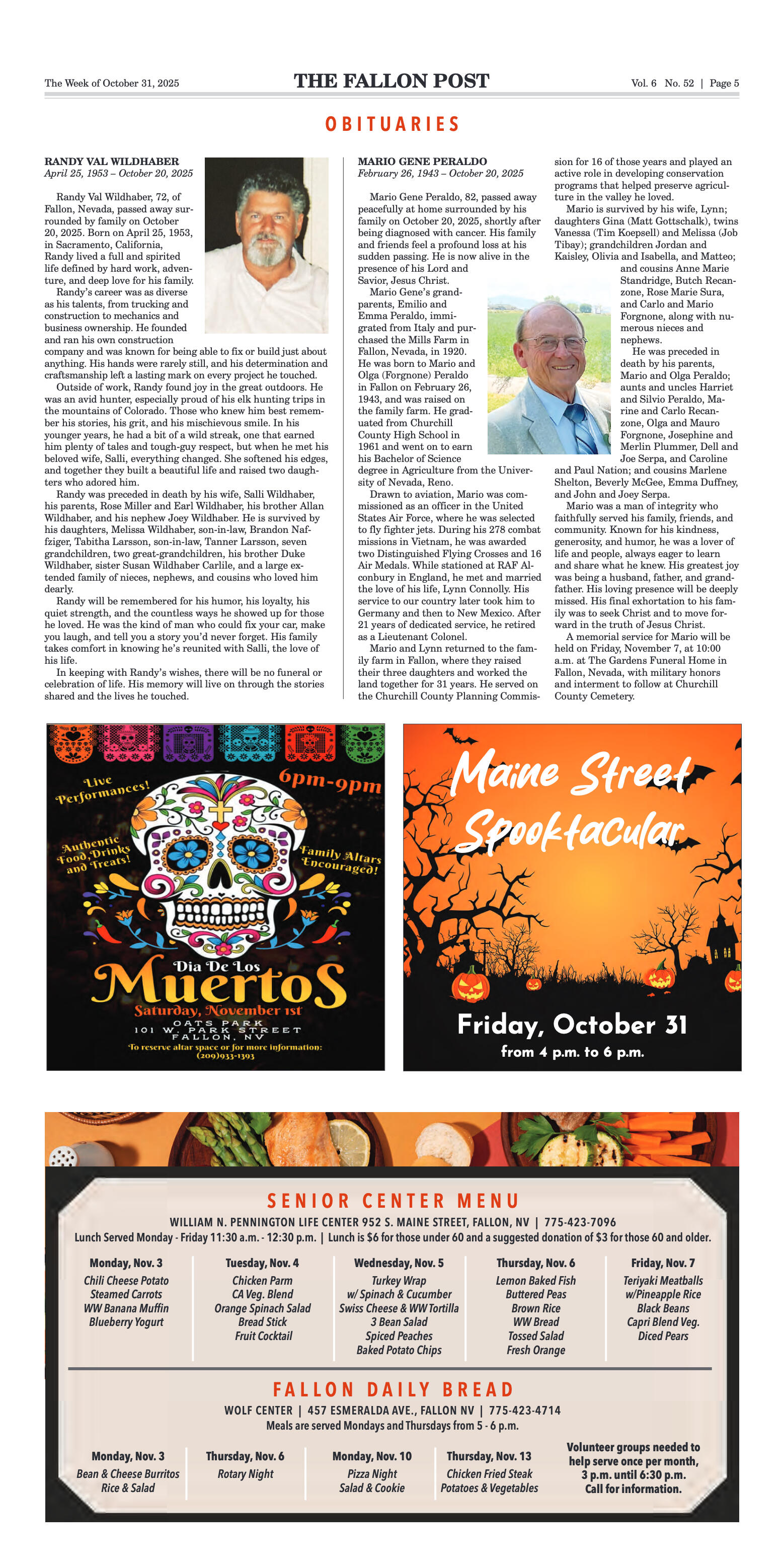
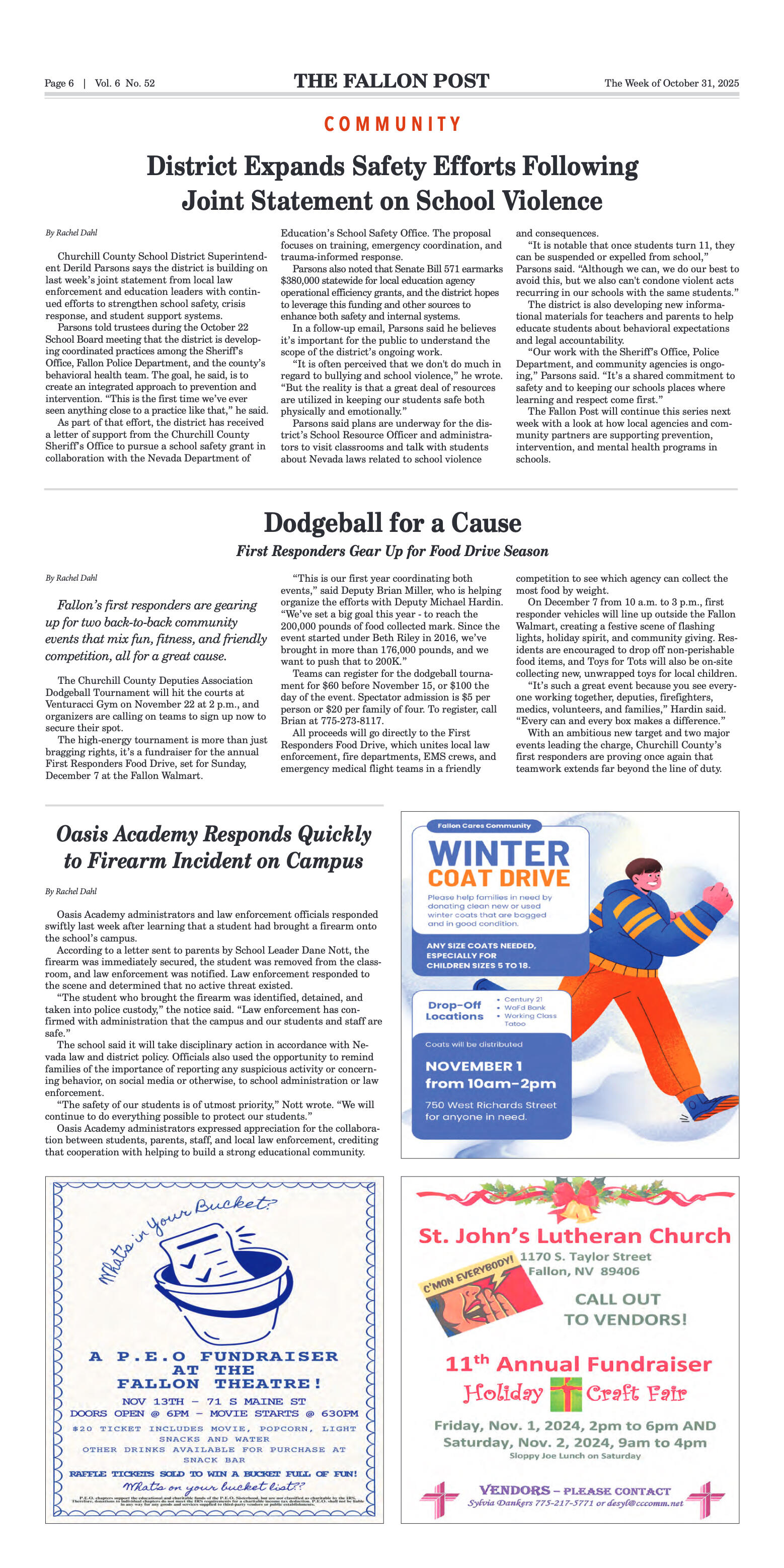
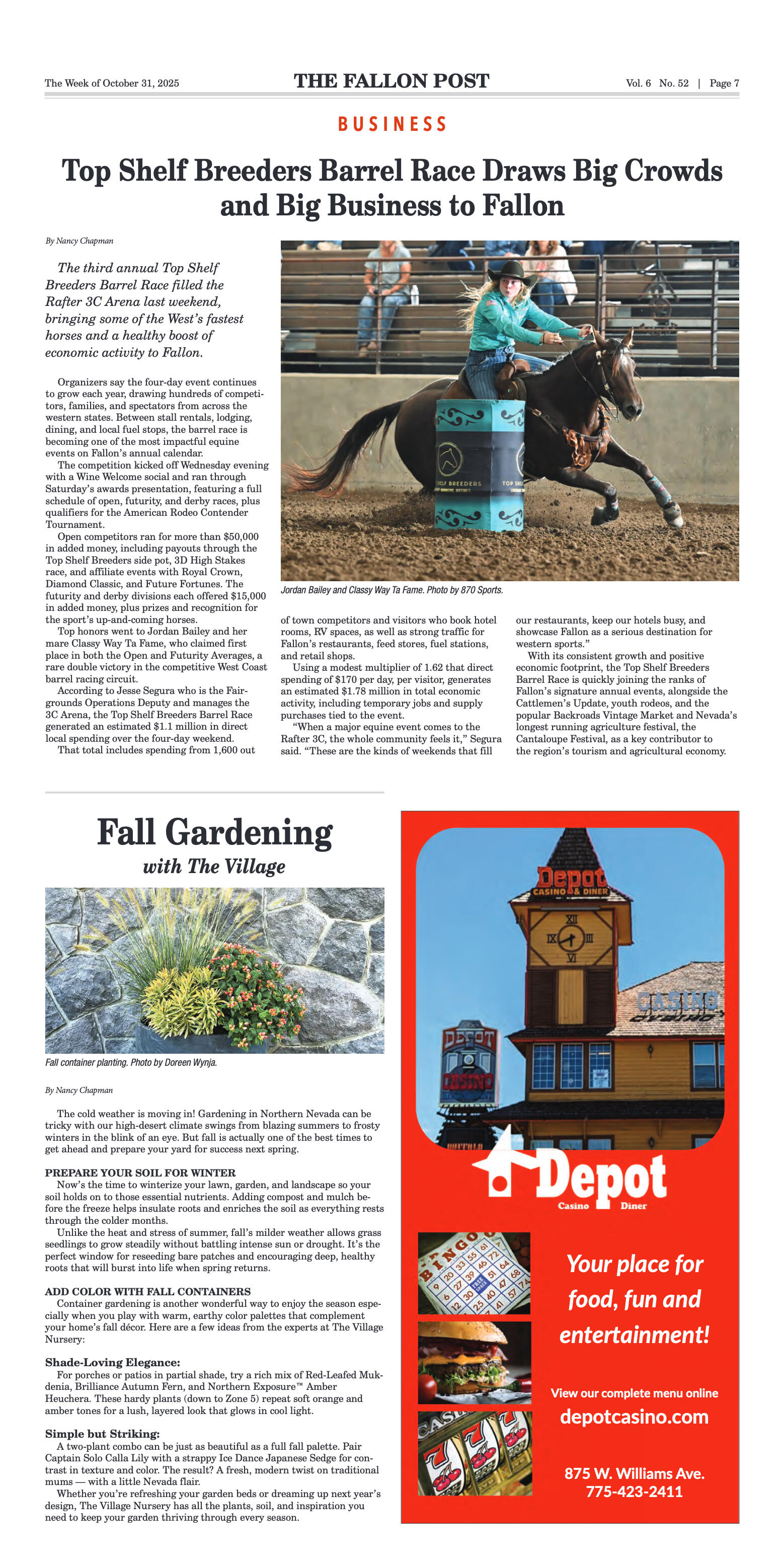
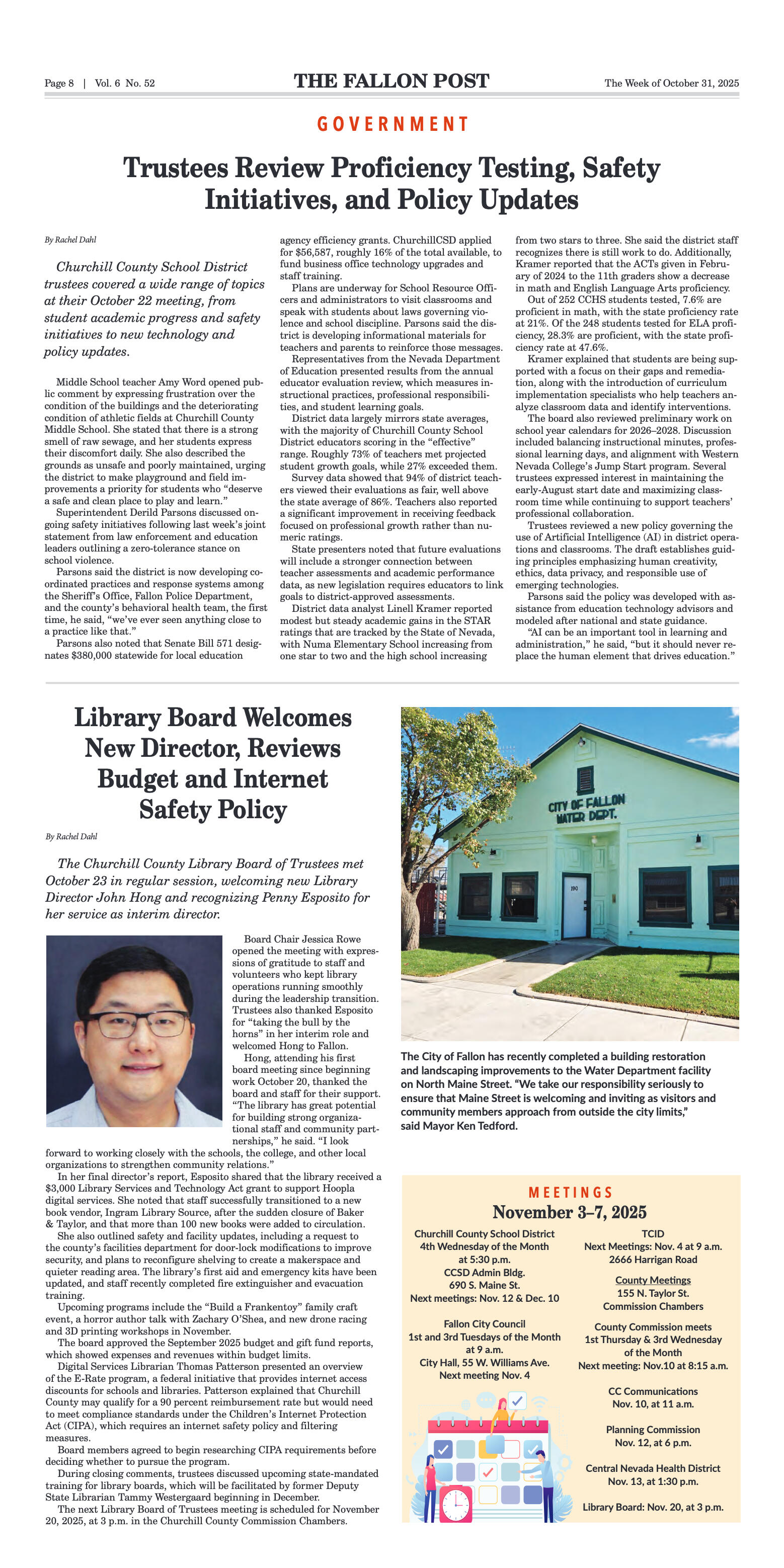
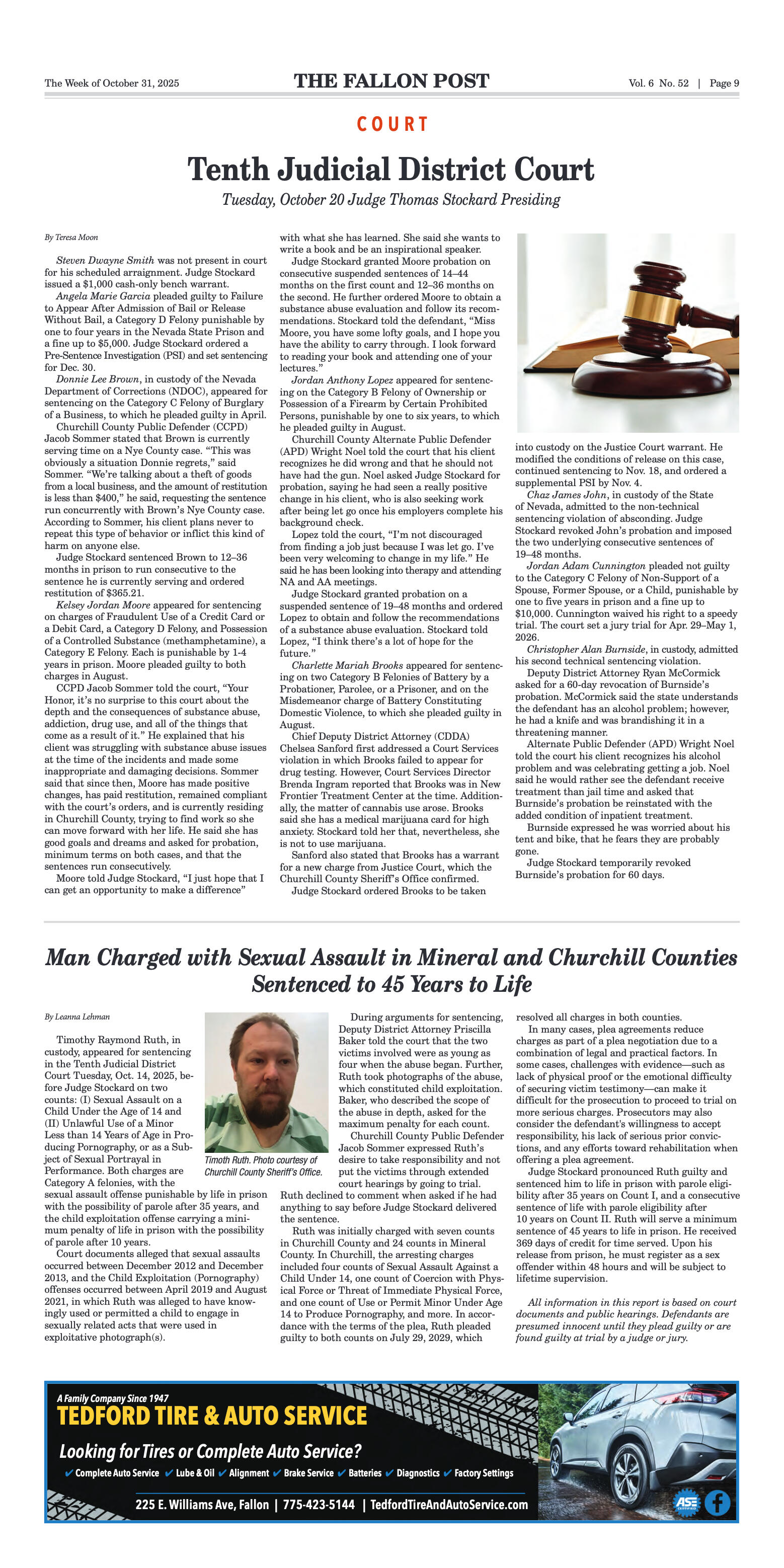
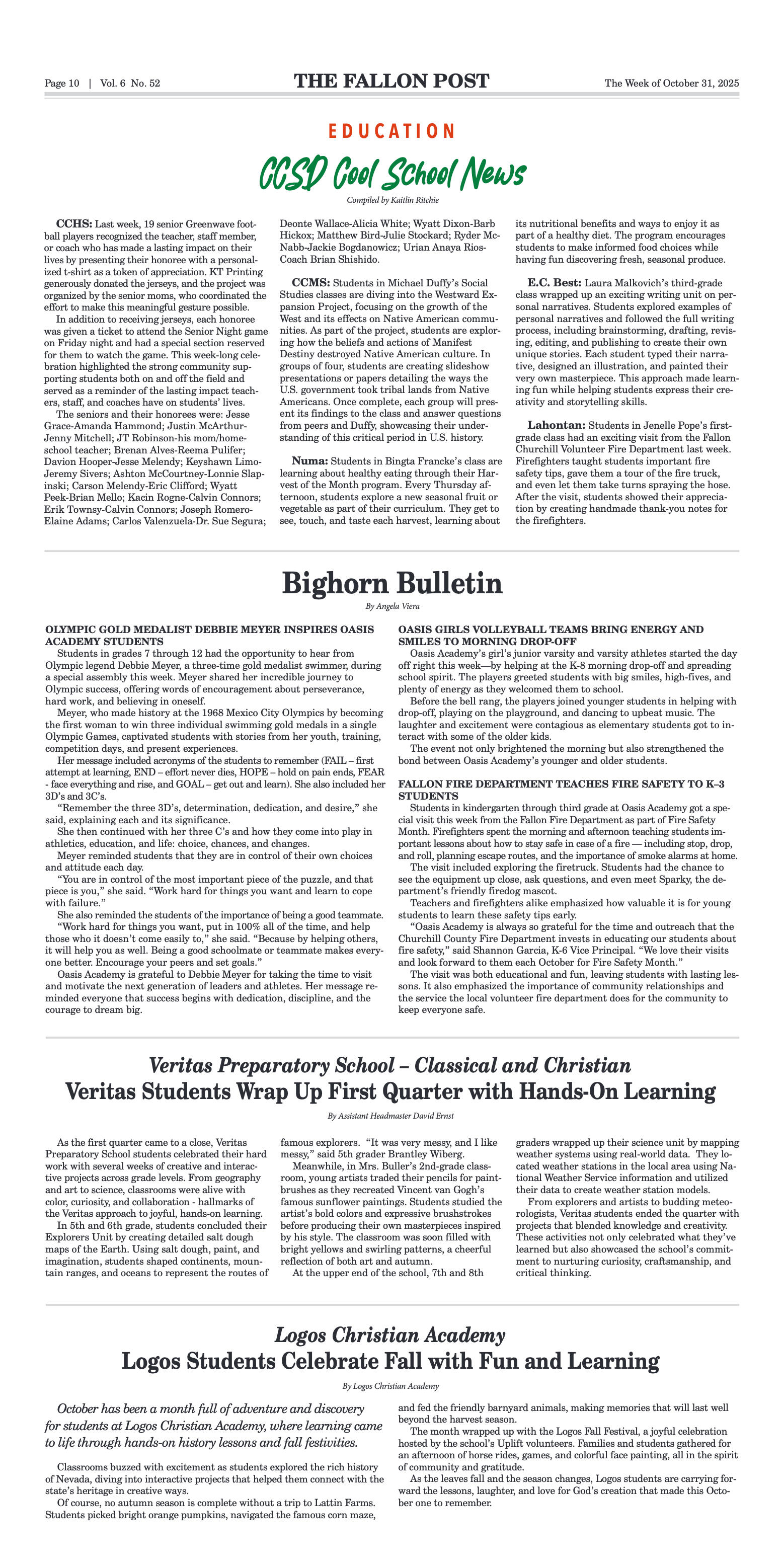
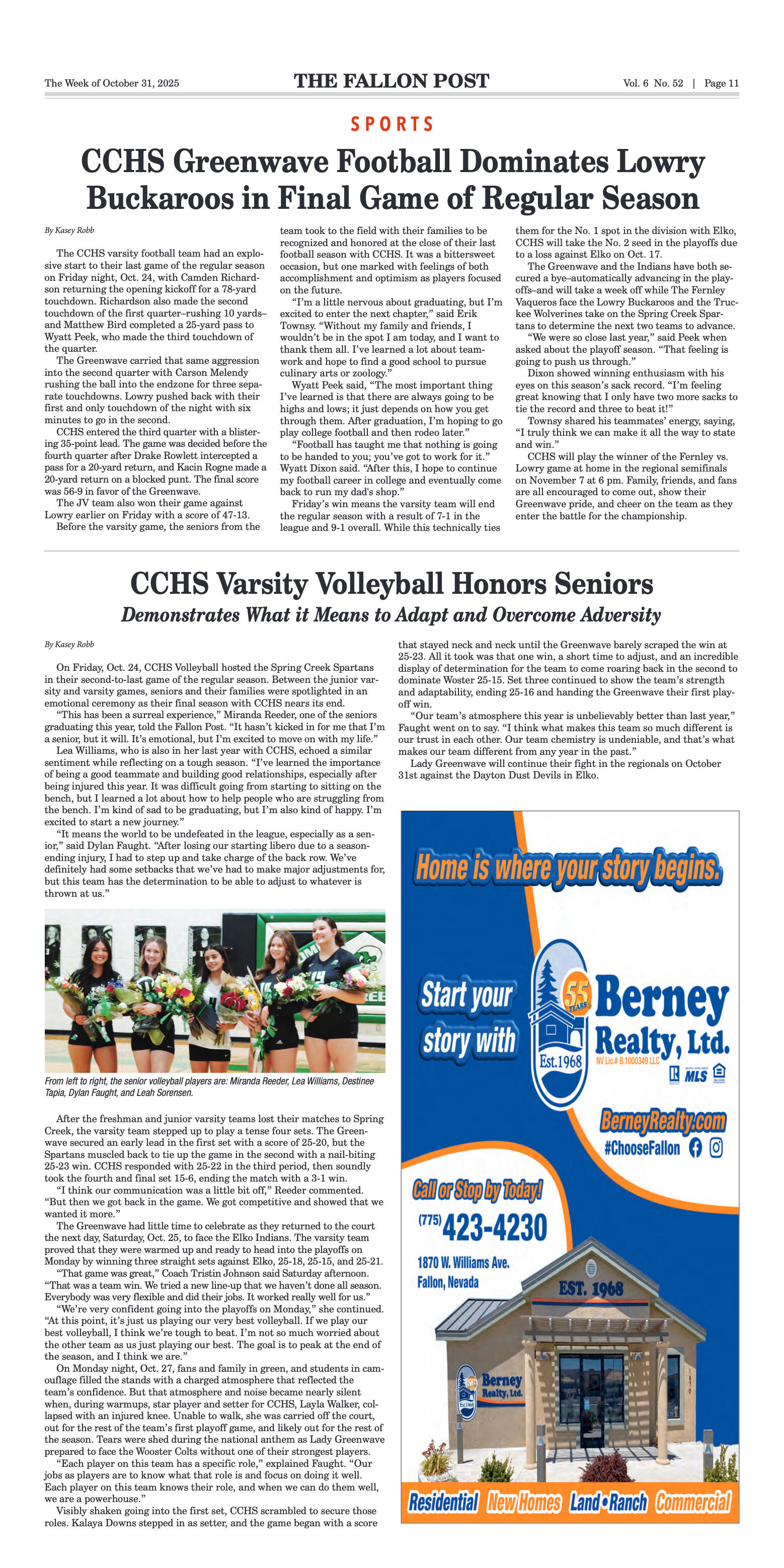
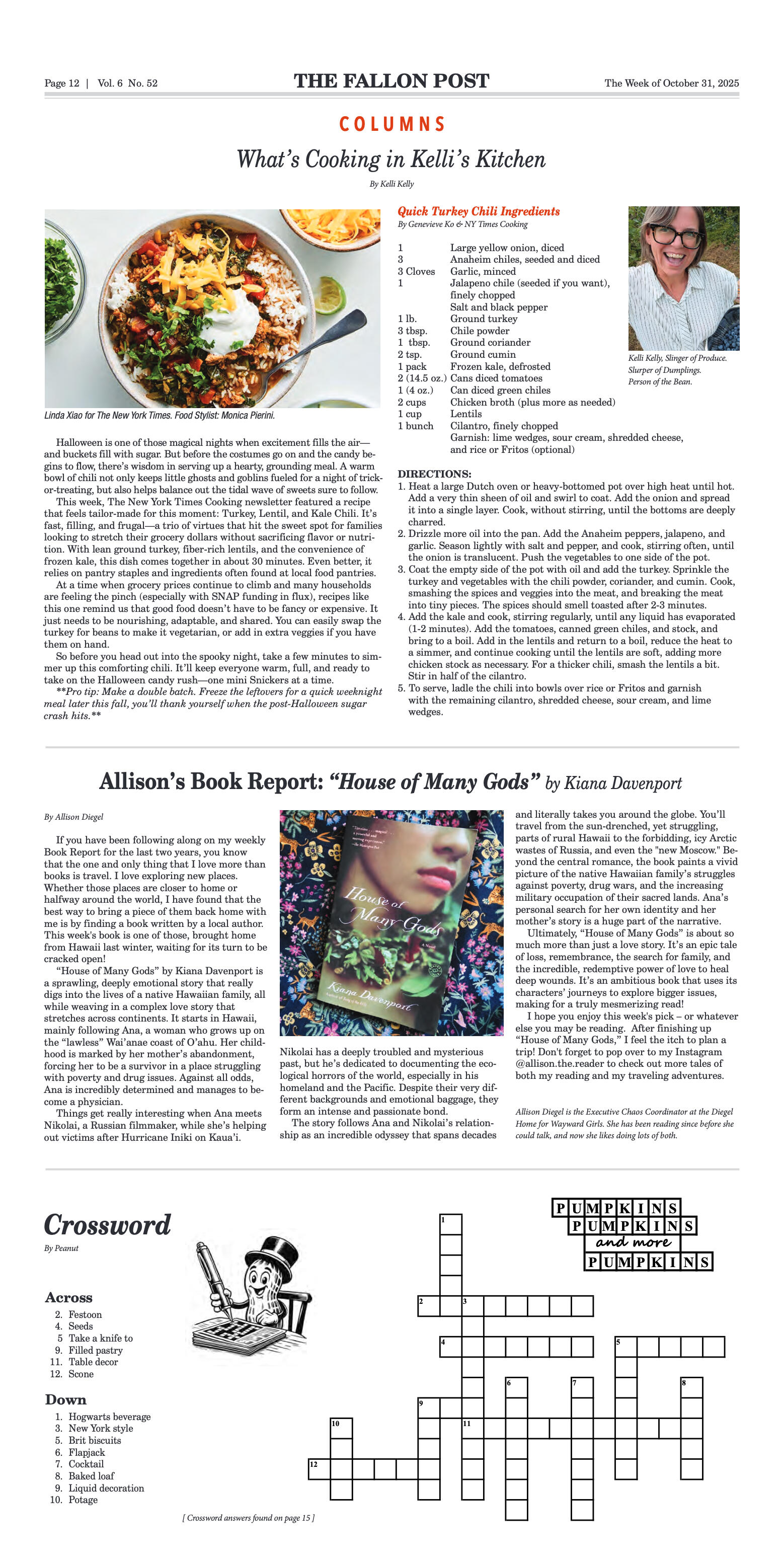
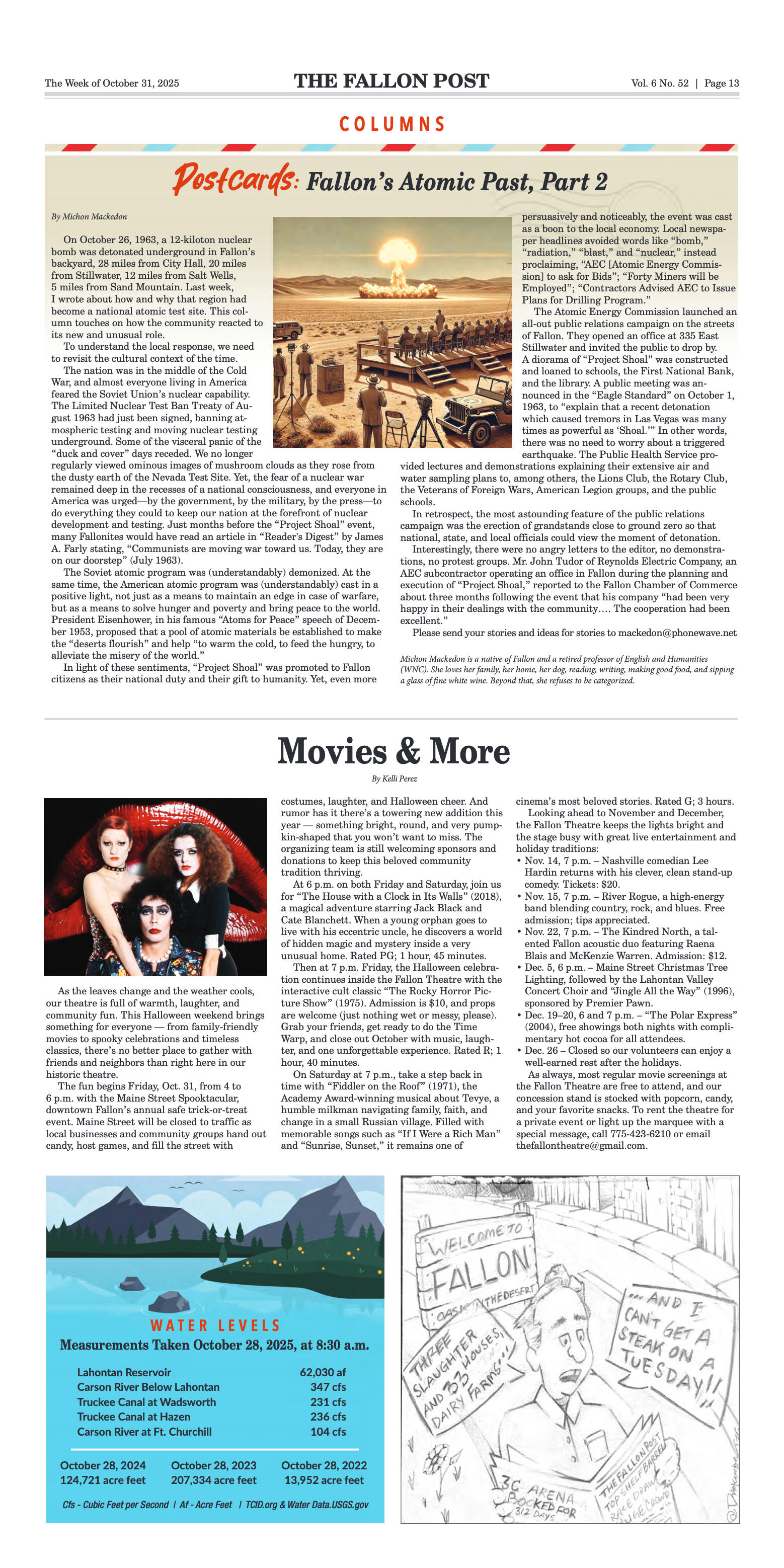

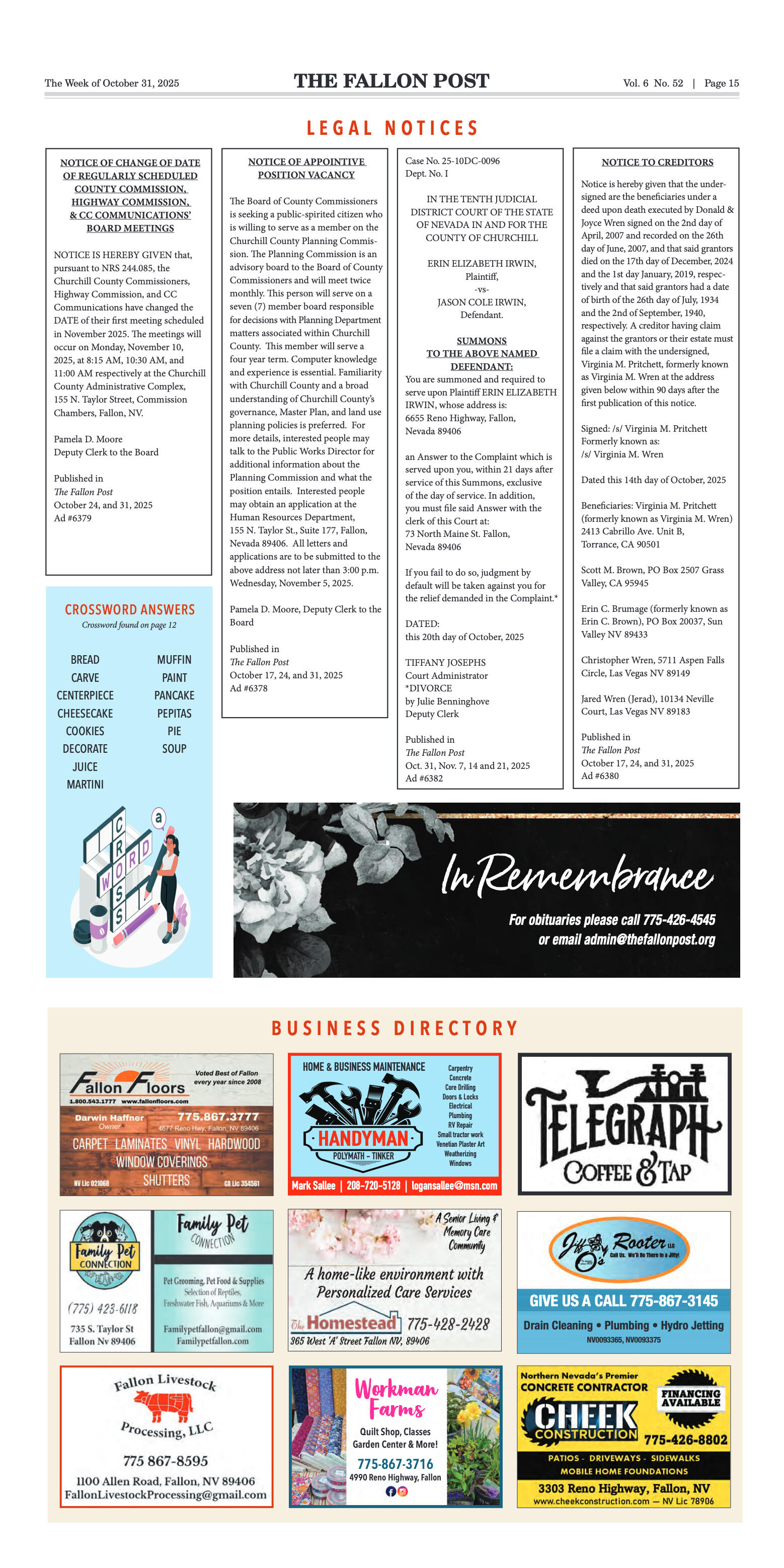

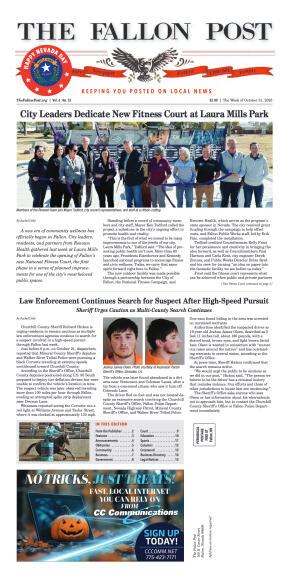
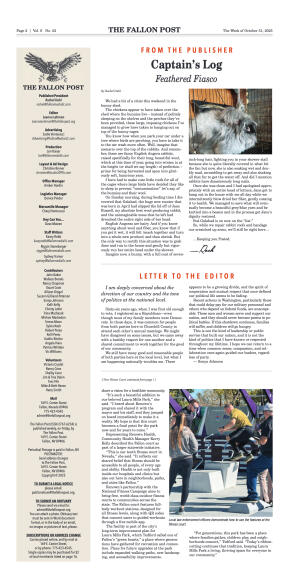
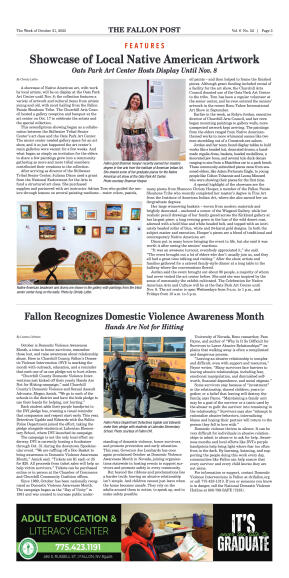
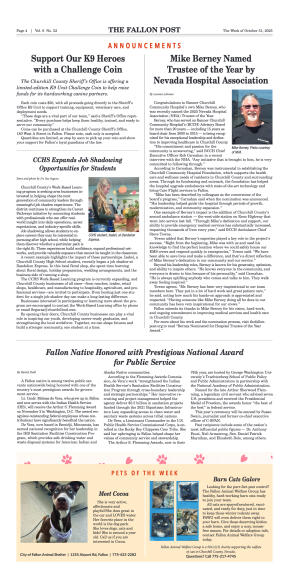
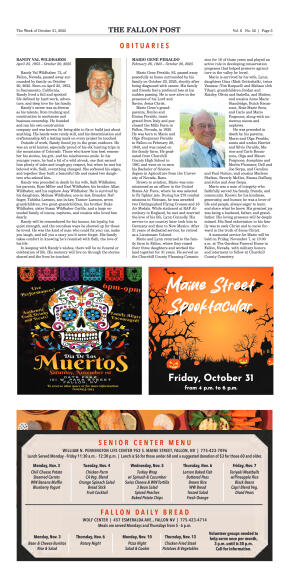
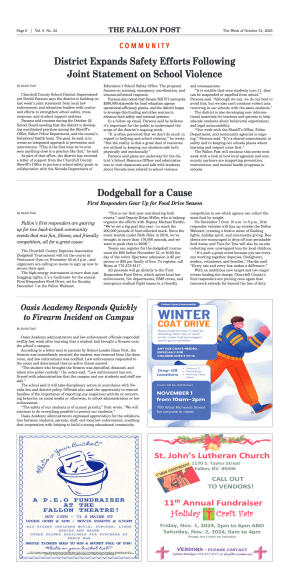
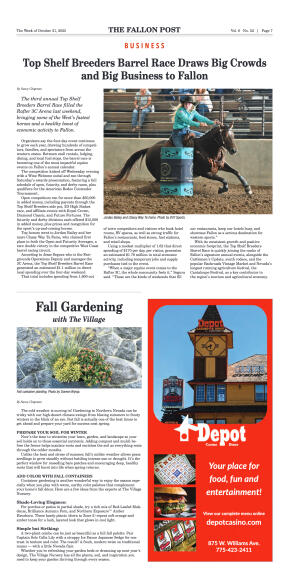
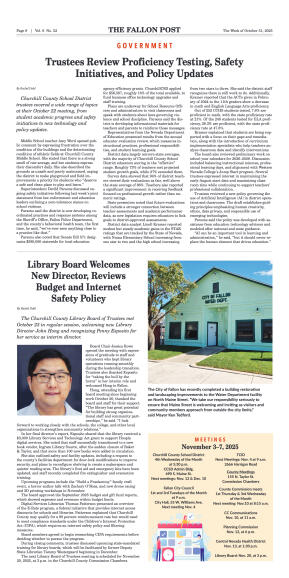
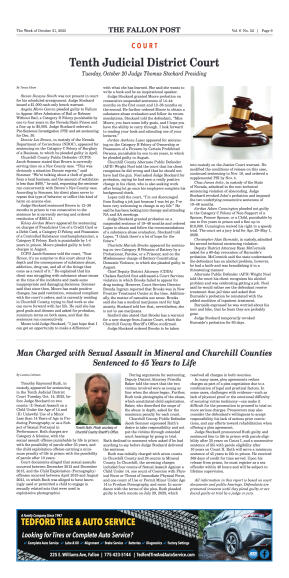

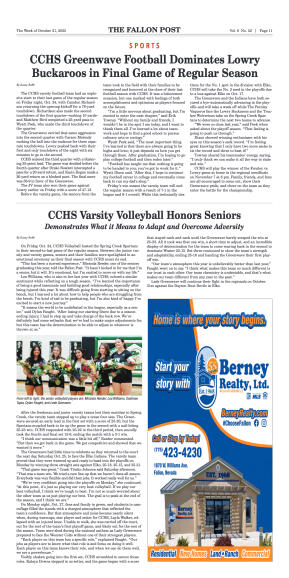
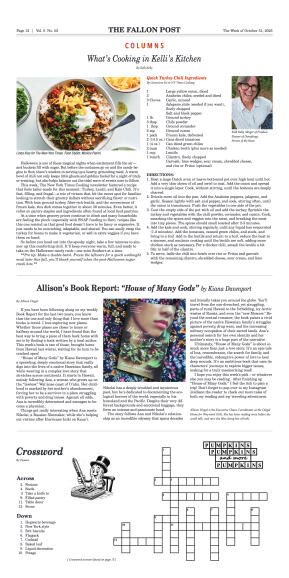
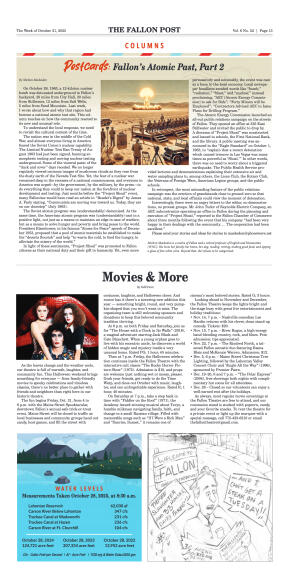

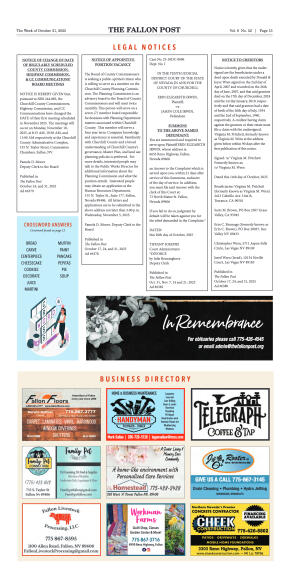



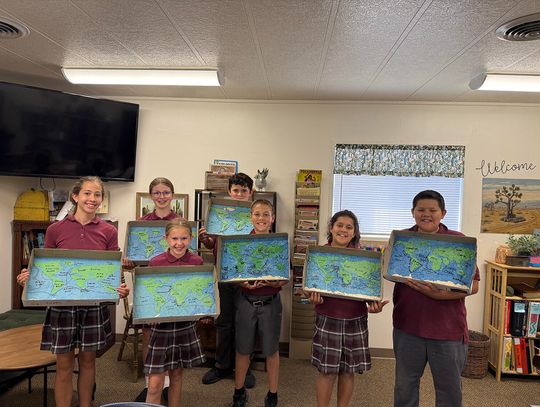




Comment
Comments